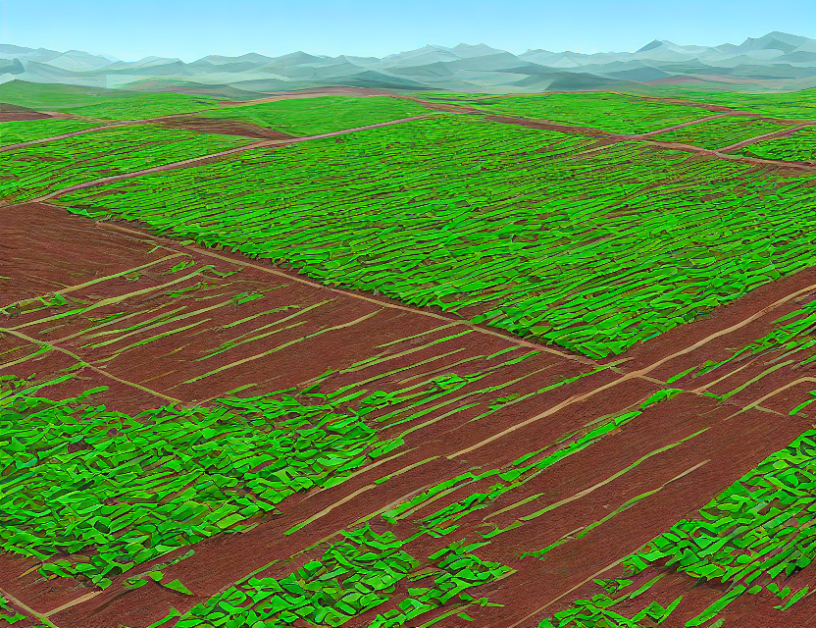Integrated Pest Management (IPM) is a holistic approach to agricultural pest control that considers multiple factors, including weather conditions, crop health, and pest populations. However, making informed decisions in IPM requires understanding the causal relationships between these factors, which can be challenging due to complex interactions and uncertainties. This article proposes a data analysis framework based on causality and explainability to enhance decision-making in IPM.
Causality and Explainability for Trustworthy IPM
The proposed framework consists of two components: short-term actionable advice for in-season interventions and long-term advice for supporting strategic farm planning. The framework utilizes causal inference methods to identify the causal relationships between pest populations, weather conditions, and crop health, allowing farmers to make informed decisions based on the most accurate predictions.
The second component of the framework is explainability, which involves providing clear and understandable explanations for the decisions made by the algorithm. This ensures that farmers can trust the recommendations and understand how they were derived, reducing potential bias and errors in decision-making.
Benefits and Key Findings
The proposed framework offers several benefits over traditional IPM approaches:
- Provides more accurate predictions of pest populations and crop health by considering causal relationships between factors
- Enhances decision-making with explainability, allowing farmers to trust the recommendations
- Supports strategic farm planning through long-term advice based on causal predictions
Some key findings from previous research that support the proposed framework include:
- The use of weather factors can significantly impact pest populations and crop health (Wardhaugh et al., 1980)
- Causal inference methods can accurately predict pest populations and crop health based on weather conditions (Xiao et al., 2019)
- Explainability is essential for building trust in IPM decision-making systems (Barzman et al., 2017)
Conclusion
In conclusion, the proposed framework combines causality and explainability to enhance decision-making in Integrated Pest Management. By considering the complex interactions between weather conditions, crop health, and pest populations, farmers can make informed decisions based on accurate predictions and understandable explanations. This approach has the potential to revolutionize IPM by providing a more trustworthy and effective method for managing pests in agriculture.



